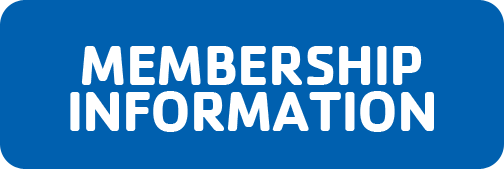90-Day Threat Pulse Webinar: Evaluating the Terrorist Threat Landscape

90-Day Threat Pulse Webinar: Evaluating the Terrorist Threat Landscape
Wednesday, April 2, 2025 (2:00 PM - 3:30 PM) (EDT)
Description
We at Homeland Security Today have once again reached out to our Editorial Board, columnists, and community of subject-matter experts to ask for their assessment of the threats facing the nation in 2025. As our readers know, our experts come from a unique cadre with practical experience who have devoted their careers to defending and protecting America. In this three-part series, we share their assessments of the risks and vulnerabilities that should be at the forefront of our community.
This webinar is for Law Enforcement, Government, and Homeland Security Professionals only.
Takeaways from the Terrorism threat forecast include:
Adaptation of Salafi Jihadism: Terrorist groups are leveraging AI-driven online platforms to incite lone-wolf attacks in the West.
Persistent Global Terrorism Threats: Despite shifting U.S. security priorities, terrorism remains a top concern, with groups like Hay’at Tahrir al-Sham (HTS) gaining influence in Syria, often with external support.
Iran's Regional Influence: Iran continues to support and direct militia groups across the Middle East, posing significant security threats to U.S. interests in the region.
Rise of Individual Actor Threats: There is an increasing concern over individual threat actors employing asymmetric warfare tactics, making prevention more challenging.
Diverse Attack Methods: Potential attacks may involve cyber intrusions, arson, biological threats, or physical assaults, including vehicle ramming and improvised explosive devices.
Insider Threat Vulnerabilities: Organizations face risks from insiders, including unintentional participants, emphasizing the need for robust internal security measures.
Impact of Global Adversaries: Collaboration among nations like Russia, China, Iran, and North Korea has led to cyberattacks, regional conflicts, and alliances with international criminal networks, indirectly promoting terrorism.
Foreign Influence Operations: Malign influence campaigns by foreign actors have exacerbated regional conflicts and radicalization, increasing the potential for domestic terrorism.
Need for Enhanced Collaboration: Addressing these multifaceted threats requires comprehensive strategies involving all government levels, private-sector partners, and the public.
Emphasis on Proactive Measures: Proactive and collaborative actions are essential to mitigate the interconnected risks posed by political polarization, supply chain dependencies, and national debt.
Zoom information will be sent out at 10 AM on the day of the webinar. Please reach out and check spam if you do not receive it.

